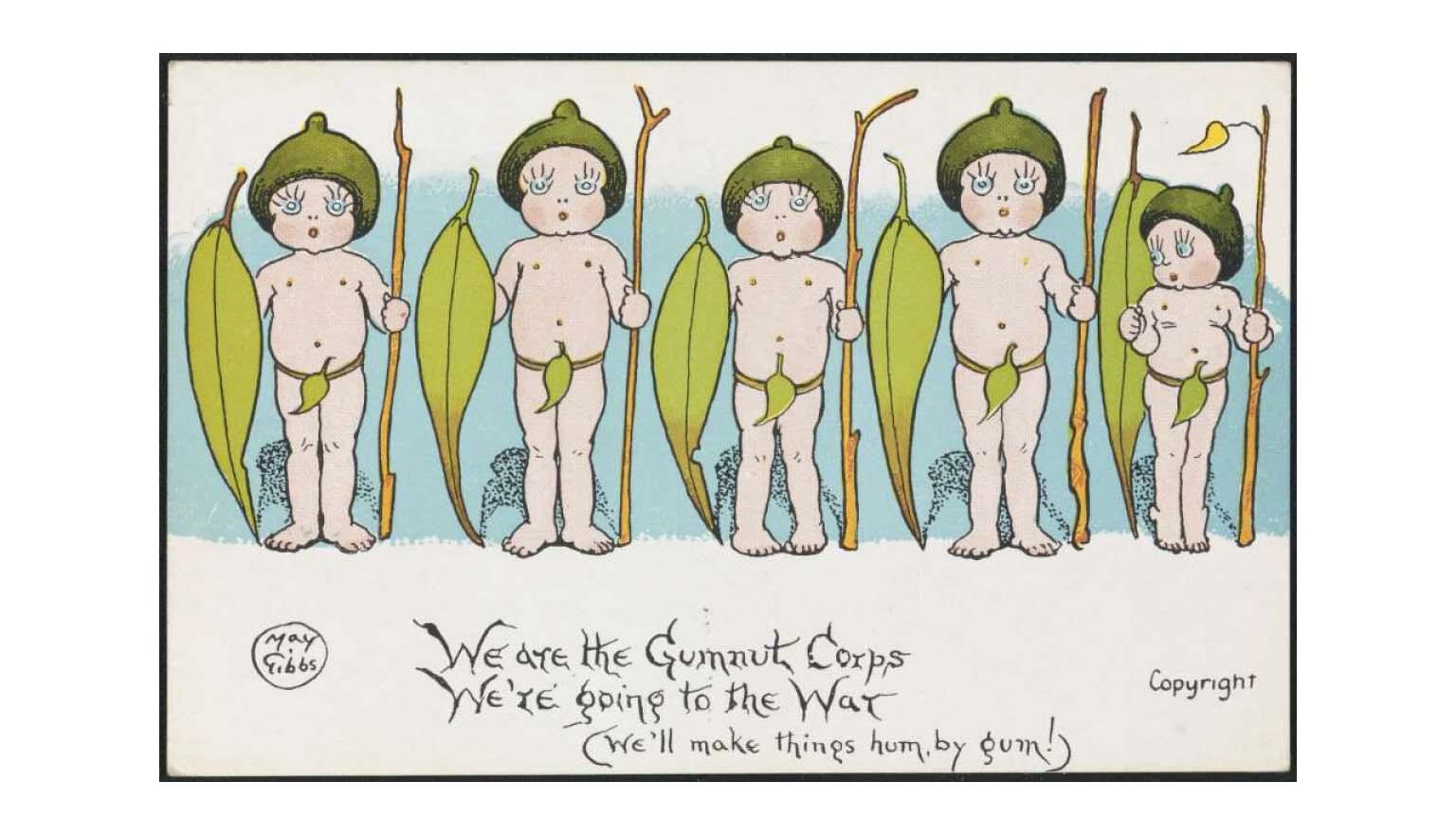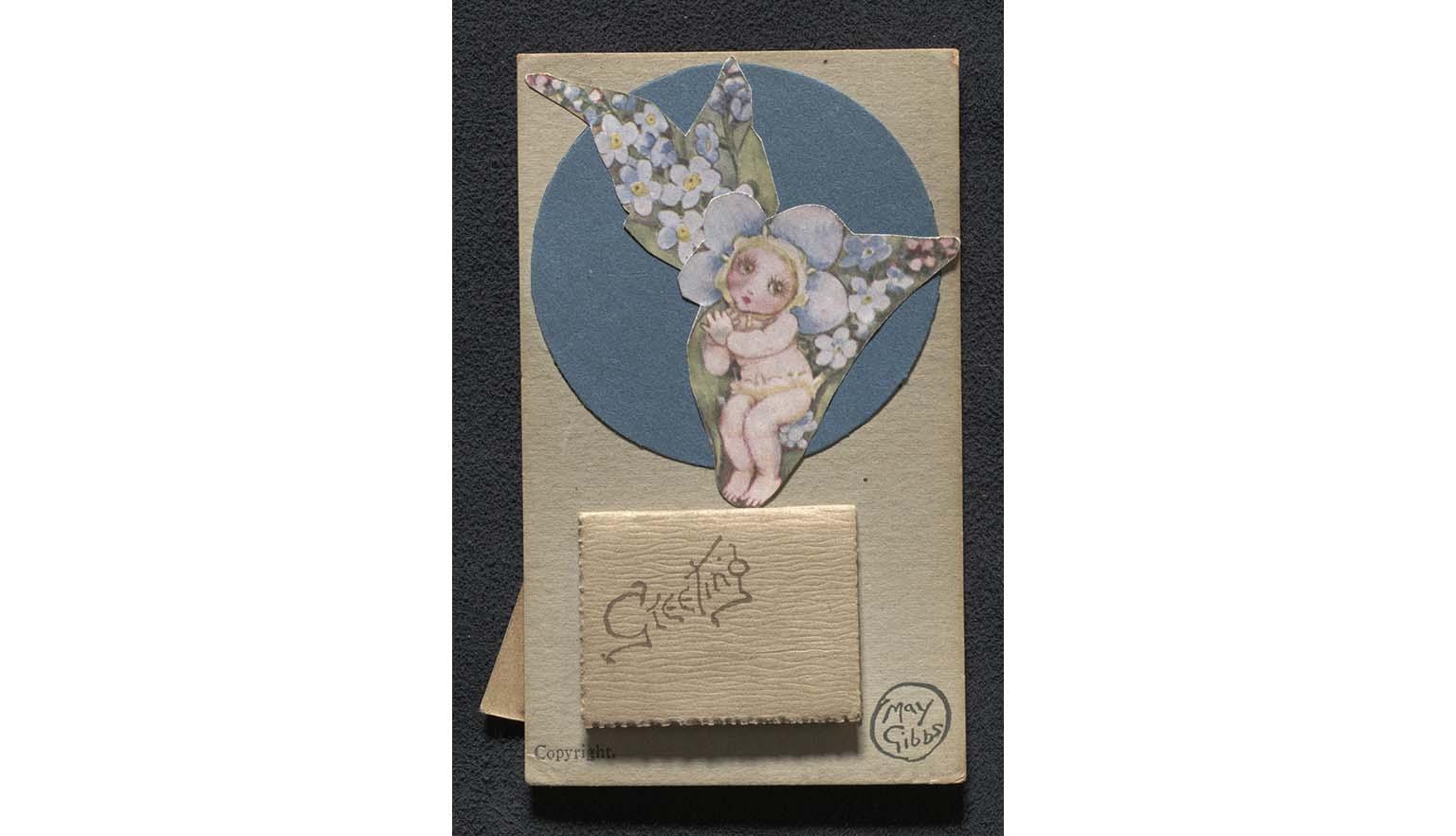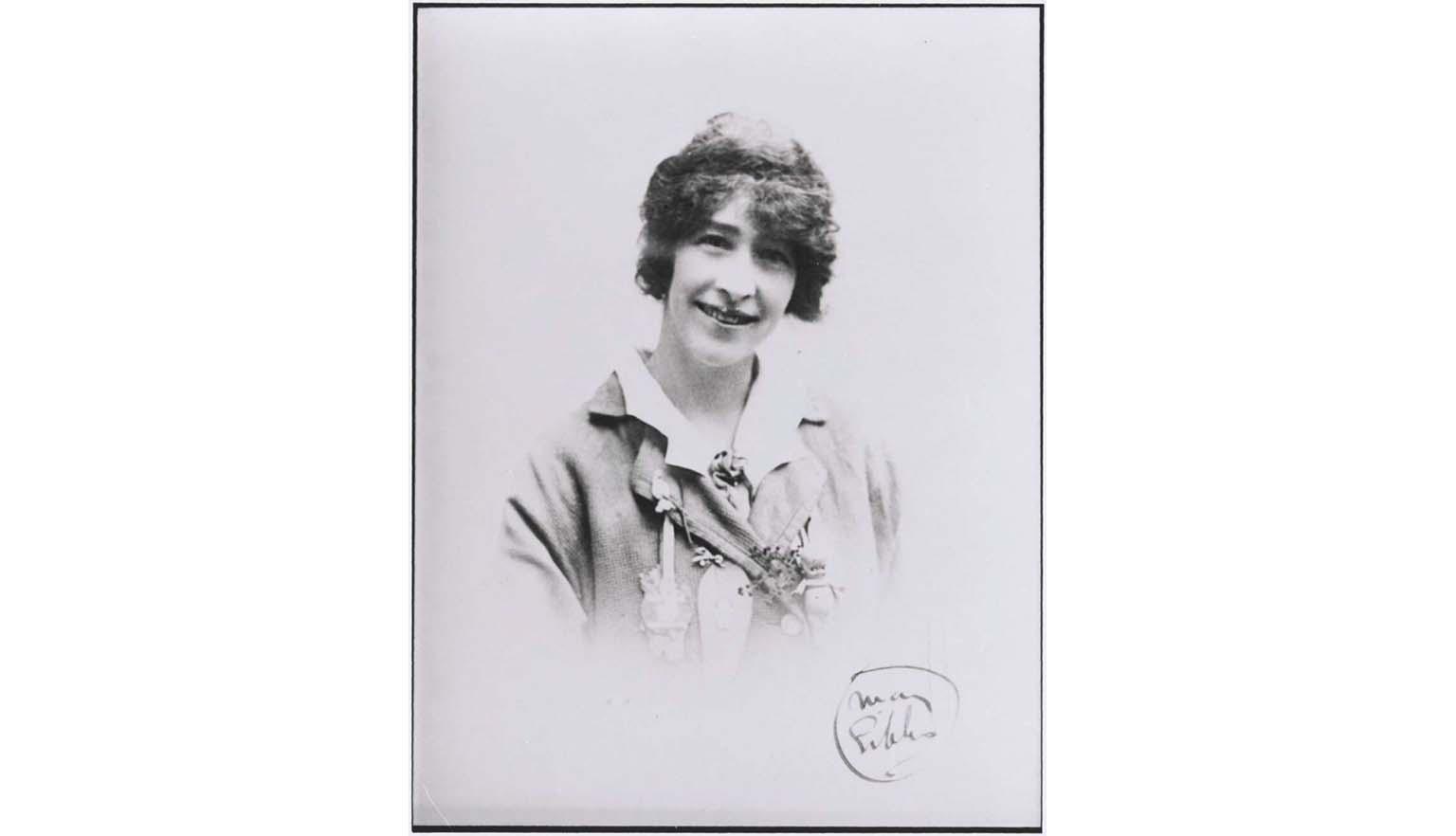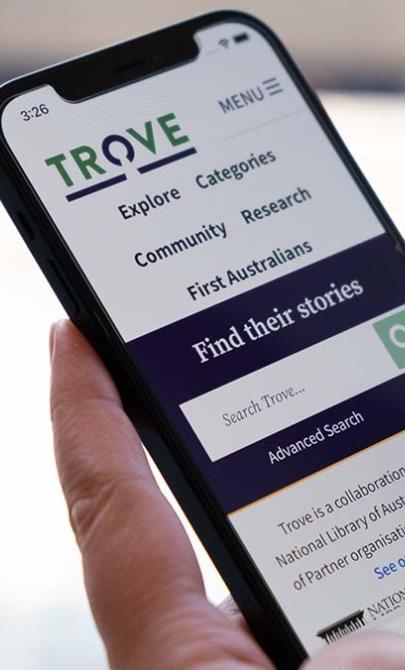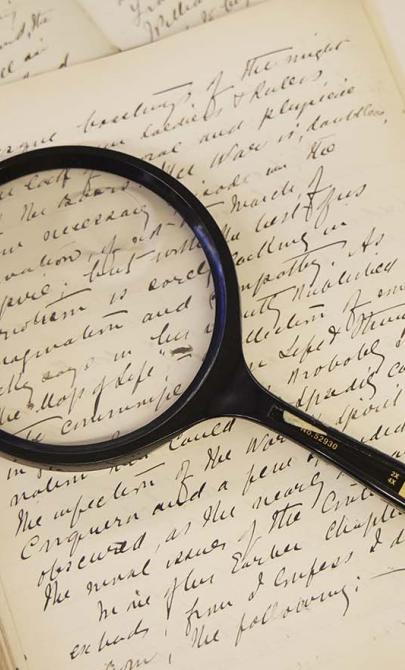Early children's fiction in Australia
Introduction
In the 1700s and 1800s, writing was not considered a suitable job for women. While many women read books, writing them was often seen as a distraction from their role as wives and mothers.
Because of this, many women published their books anonymously or under a fake name (called a pseudonym). Even if a woman wanted to be known as the author, her book might not be taken seriously or published at all. From the late 1700s, it became common to see the phrase By a Lady on the title page of a book.
Early works
Australia’s first children’s book is believed to be A Mother’s offering to her children, published in 1841. The author was listed as ‘A Lady, long resident in New South Wales’, but was later identified as Charlotte Barton.
Charlotte Barton had travelled from England to work as a governess. She later settled in New South Wales and taught her own four children. Her book is made up of thirteen short stories, written as conversations between a mother and her children. The stories are set in the Australian bush and each one includes a lesson about good behaviour — a popular style at the time.
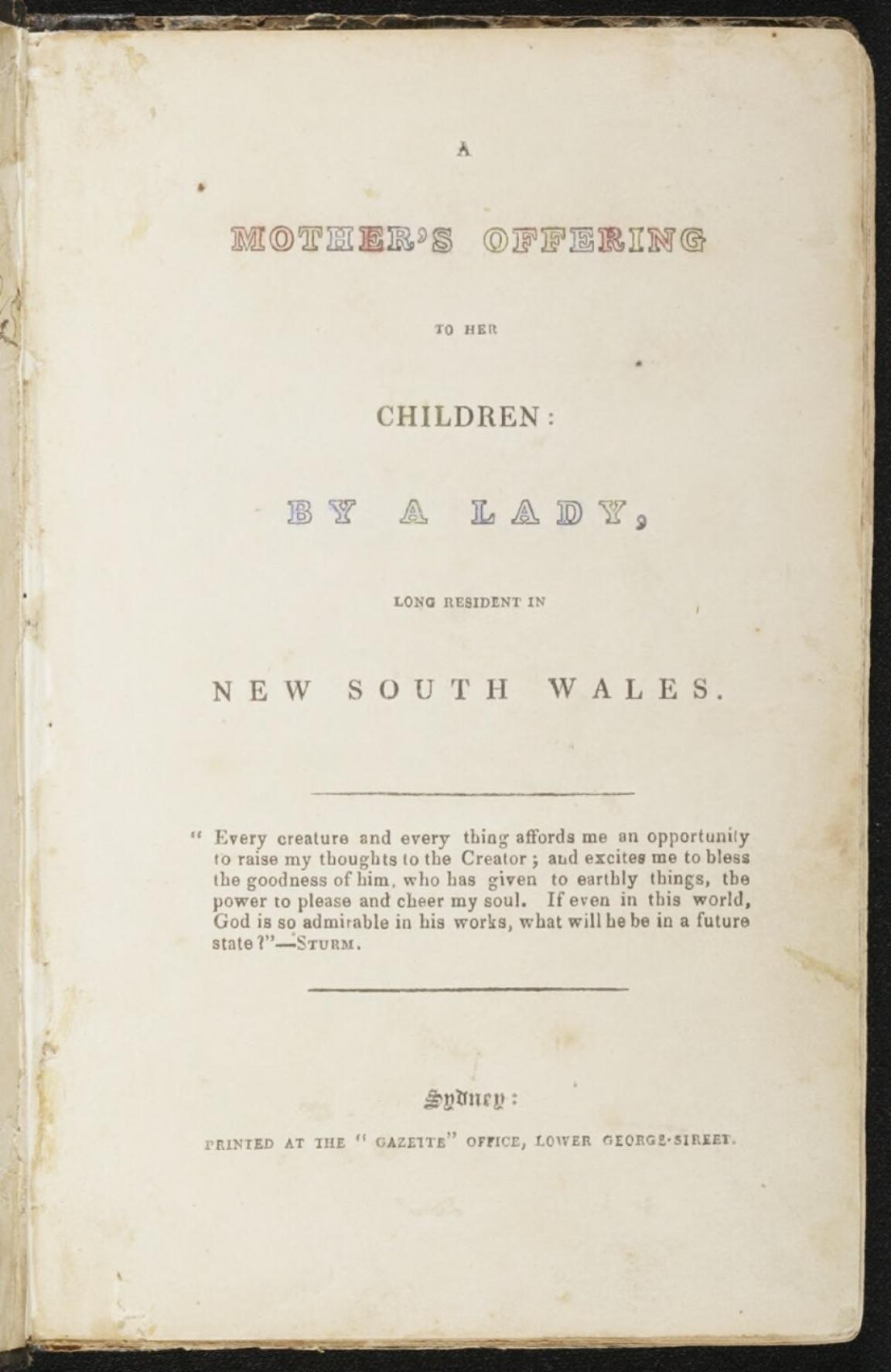
Charlotte Waring Atkinson, A Mother's offering to her children / by a lady long resident in New South Wales, 1841, nla.gov.au/nla.obj-33391843
Charlotte Waring Atkinson, A Mother's offering to her children / by a lady long resident in New South Wales, 1841, nla.gov.au/nla.obj-33391843
Favourite Australian stories
In 1913, May Gibbs was asked to illustrate a story called The Magic Button by Ethel Turner. If you look closely, you’ll see her first drawings of gumnut babies hidden in the artwork. The gumnut characters appeared again on the cover of The Lone Hand magazine in January 1914.
May Gibbs became Australia’s first female cartoonist. She drew cartoons for newspapers, and her comic strip Bib and Bub ran from 1924 to 1967 — the longest-running cartoon strip in Australia. These much-loved characters also appeared in six published books.
At the start of the First World War, May created a series of postcards featuring gumnut babies and Australian animals. Families and organisations like the Red Cross sent them to soldiers overseas to help boost national pride and morale.
In 1918, May published Tales of Snugglepot and Cuddlepie, which was loved both in Australia and around the world. The book has never been out of print. May continued writing and illustrating into her 90s, and was awarded a Member of the British Empire (MBE) in 1955 for her contribution to children’s literature.
Her love of Australian nature is at the heart of her work. Through her stories, she shared her views on caring for the environment — something that still inspires readers today.
Learning activities
Activity 1: Storytelling across cultures
Australia is home to people from many different cultural and language backgrounds. Around the world, traditional stories often feature children as the main characters.
As a class, explore stories from different cultures. Each day, choose one story to share and discuss.
Questions to consider:
- Is it a happy or sad story?
- Who is the main character or characters?
- What makes this story special or different?
- Are there any similarities between the stories?
Encourage students to reflect on the values, lessons or messages these stories might share.
